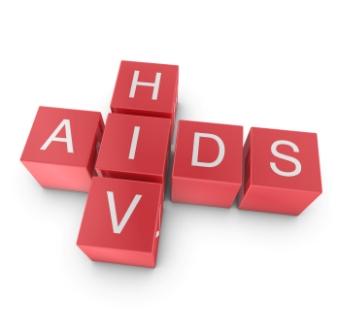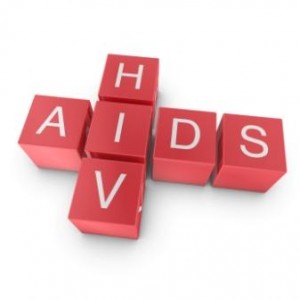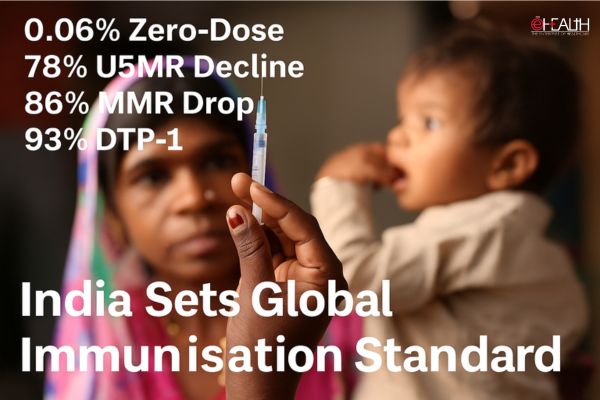
 People with advanced HIV infection are vulnerable to infections and malignancies that are called ‘opportunistic infections’ because they take advantage of the opportunity offered by a weakened immune system. In fact, HIV infected patients die of opportunistic infections rather than due to the virus itself.
People with advanced HIV infection are vulnerable to infections and malignancies that are called ‘opportunistic infections’ because they take advantage of the opportunity offered by a weakened immune system. In fact, HIV infected patients die of opportunistic infections rather than due to the virus itself.
Most HIV tests are diagnostic in nature. They help in determining if one is suffering from HIV or not; however, it is important to go beyond the obvious when discussing the HIV. It is vitally important to make the lives of those suffering from HIV qualitative.

Such opportunistic infections and diseases commonly include bacterial diseases such as tuberculosis, MAC, bacterial pneumonia and septicaemia, protozoal diseases such as toxoplasmosis, microsporidiosis, cryptosporidiosis, isopsoriasis and leishmaniasis, fungal diseases such as PCP, candidiasis, cryptococcosis and penicilliosis, viral diseases caused by cytomegalovirus, herpes simplex and herpes zoster virus, HIV-associated malignancies such as Kaposi’s sarcoma, lymphoma and squamous cell carcinoma.

Respiratory & Gastrointestinal infections are the most commonly diagnosed opportunistic infections. Common causative agents of lung infections include TB, Bacteria, Pneumocystis jiroveci, Mycobacterium avium complex and Cytomegalovirus. Diarrhoea is experienced by over 90% of patients with AIDS and becomes more frequent as immune deficiency progresses.

Monitoring of the patients HIV status as well as CD4 cells (T-lymphocytes) are performed to track disease progression and treatment response. Quantitative Real Time PCR based tests are fairly accurate in guiding a clinician about the current viral loads. Flowcytometry based CD4 assessment guides clinicians to take treatment decisions on opportunistic infections.

A viral load test is important to assess severity of HIV infection and measure the patients response to antiretroviral therapy.
CD4 cell counts are important to uate the status of the immune system, indicate when to start antiretroviral treatment, and indicate when to start to prevent or treat opportunistic infections.
Be a part of Elets Collaborative Initiatives. Join Us for Upcoming Events and explore business opportunities. Like us on Facebook , connect with us on LinkedIn and follow us on Twitter , Instagram.
"Exciting news! Elets technomedia is now on WhatsApp Channels Subscribe today by clicking the link and stay updated with the latest insights!" Click here!
















